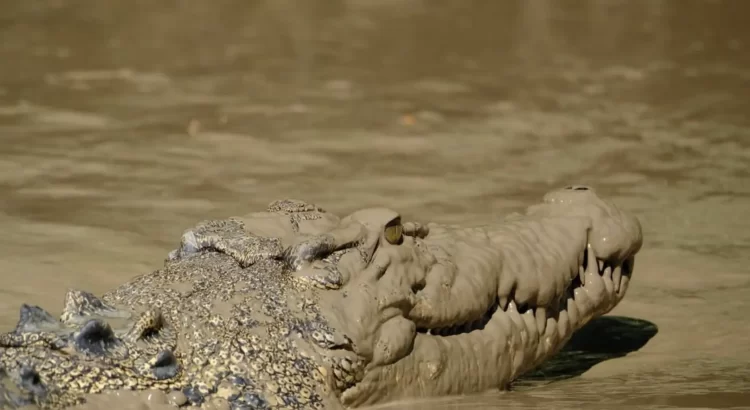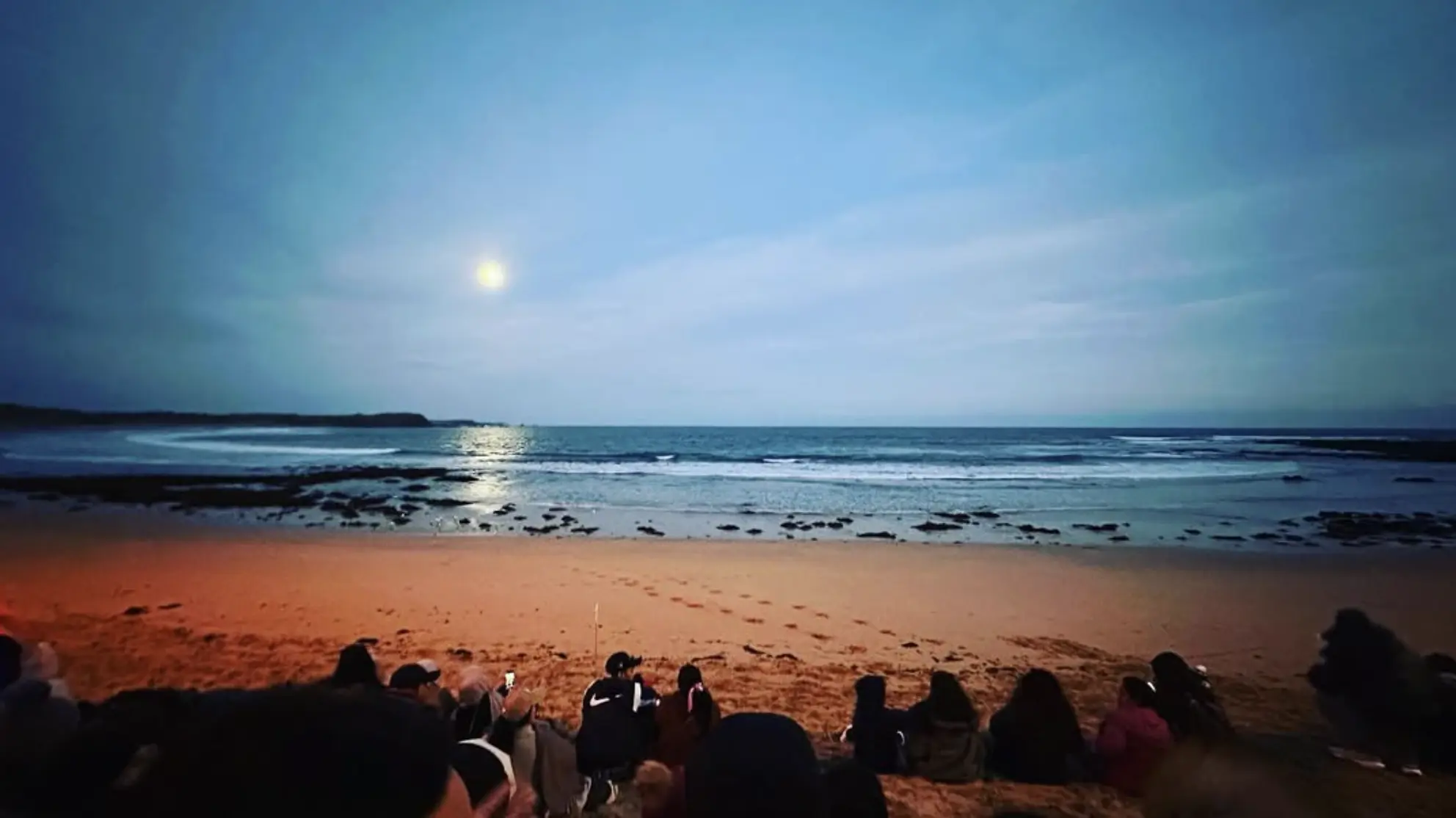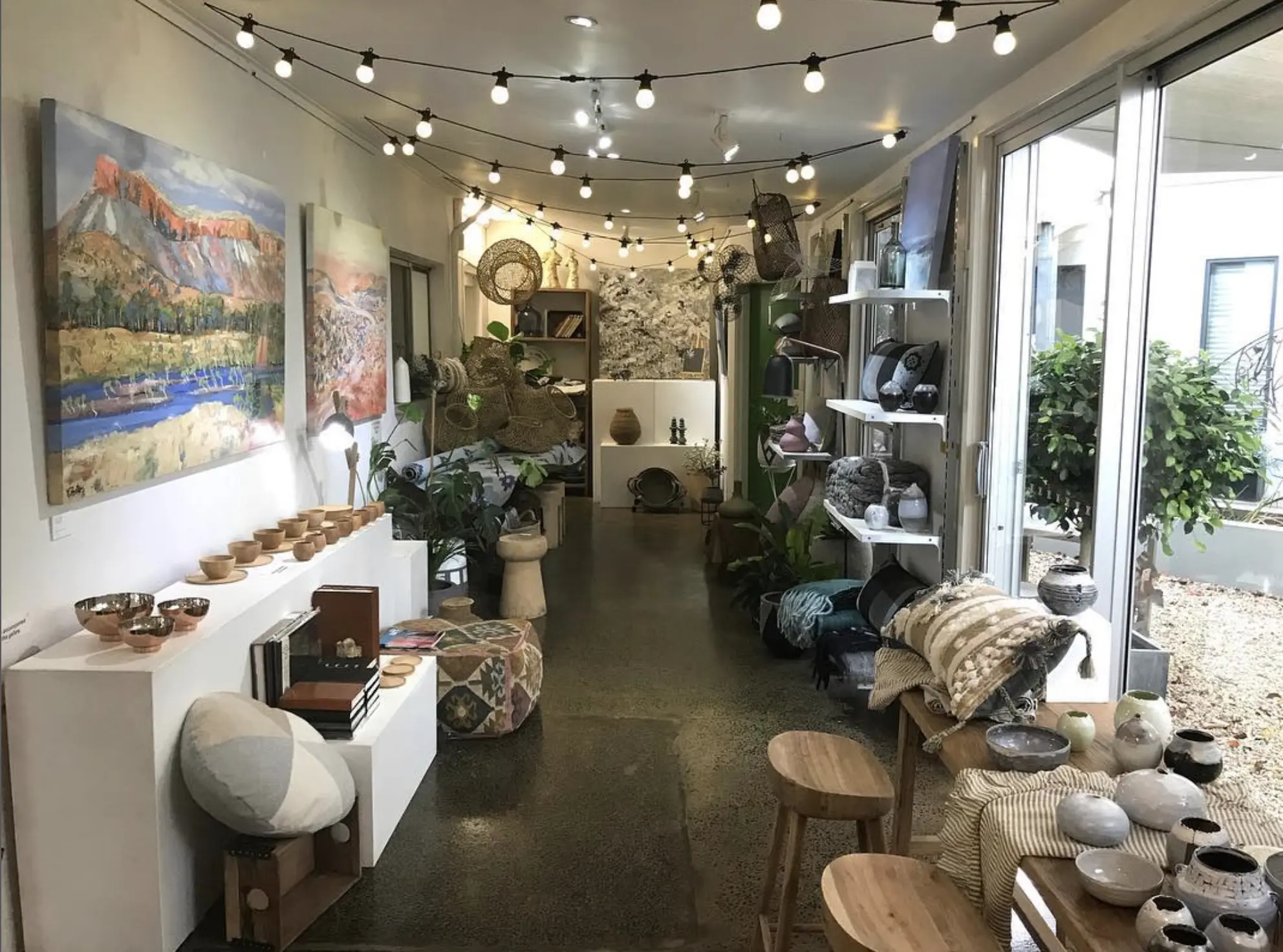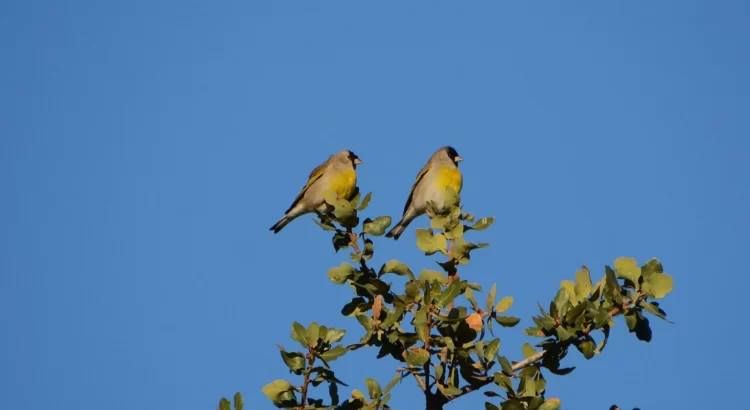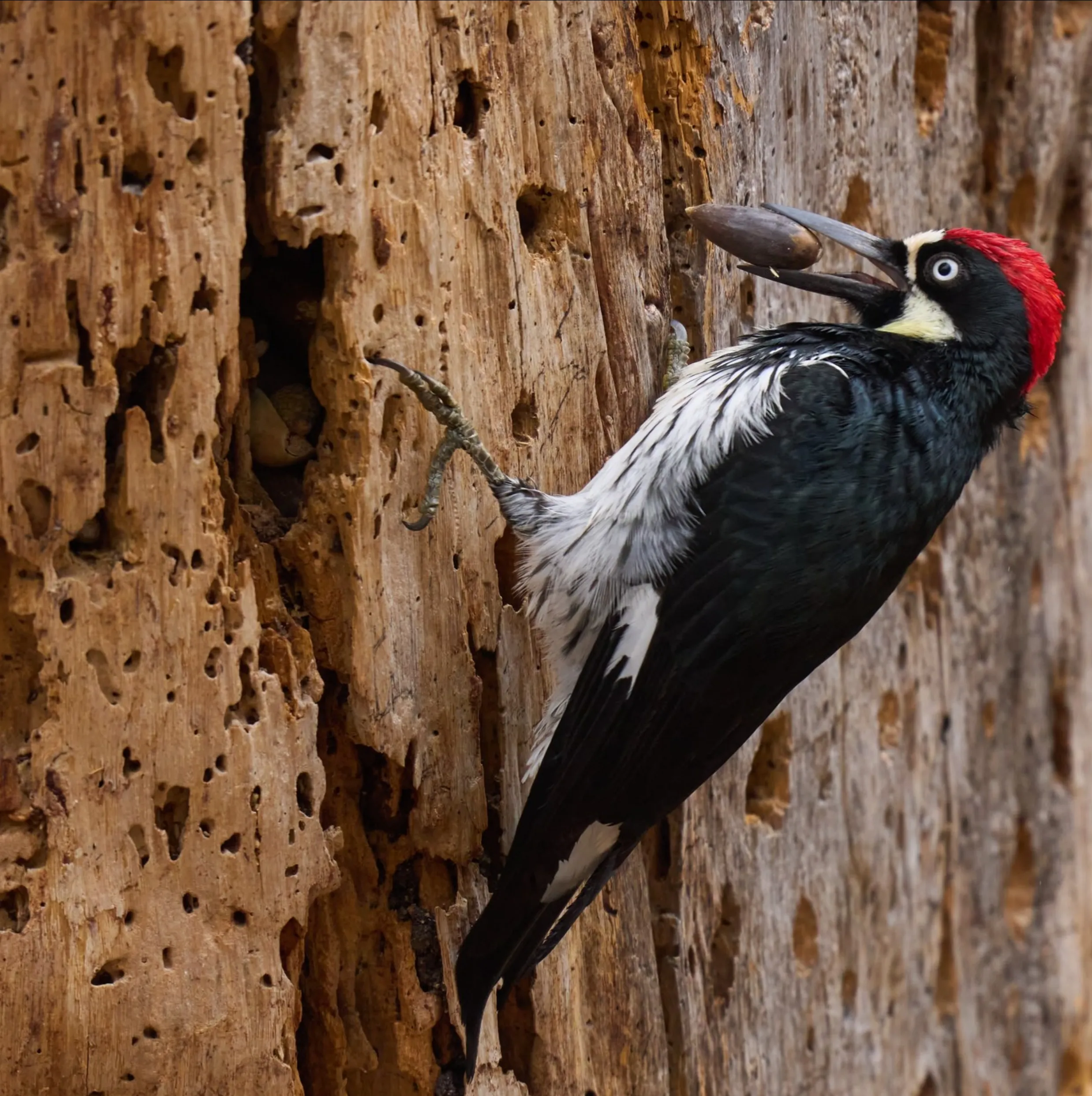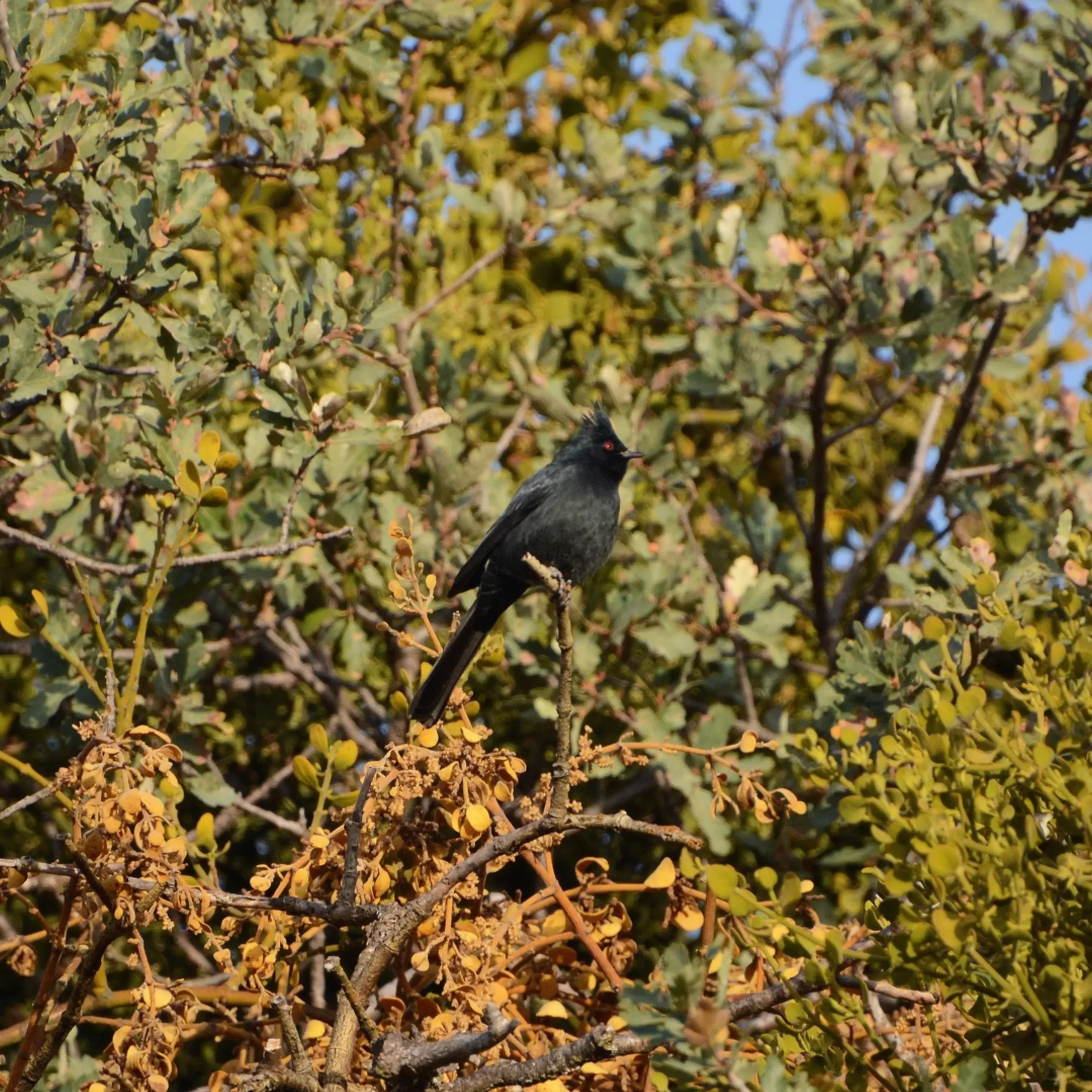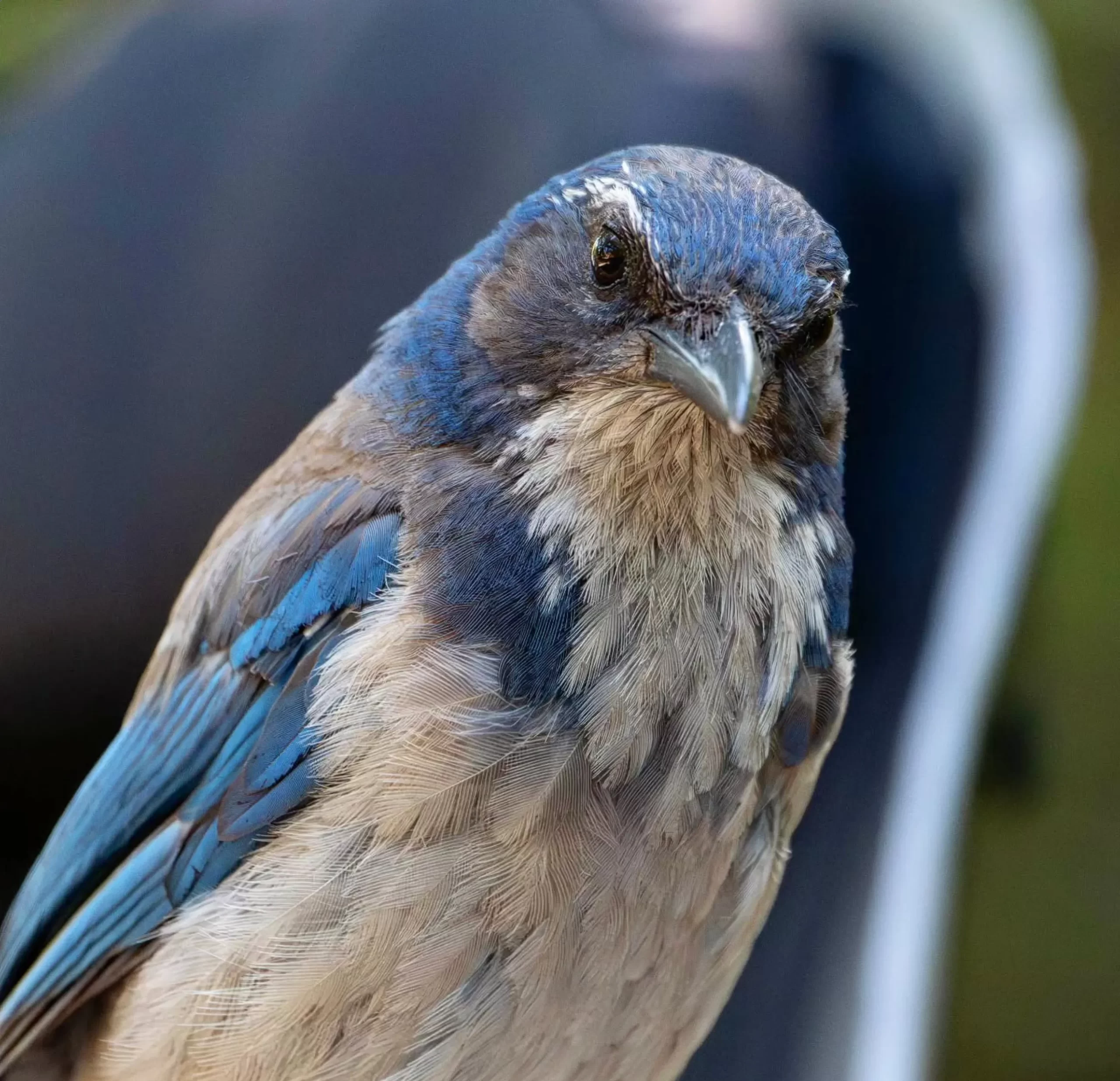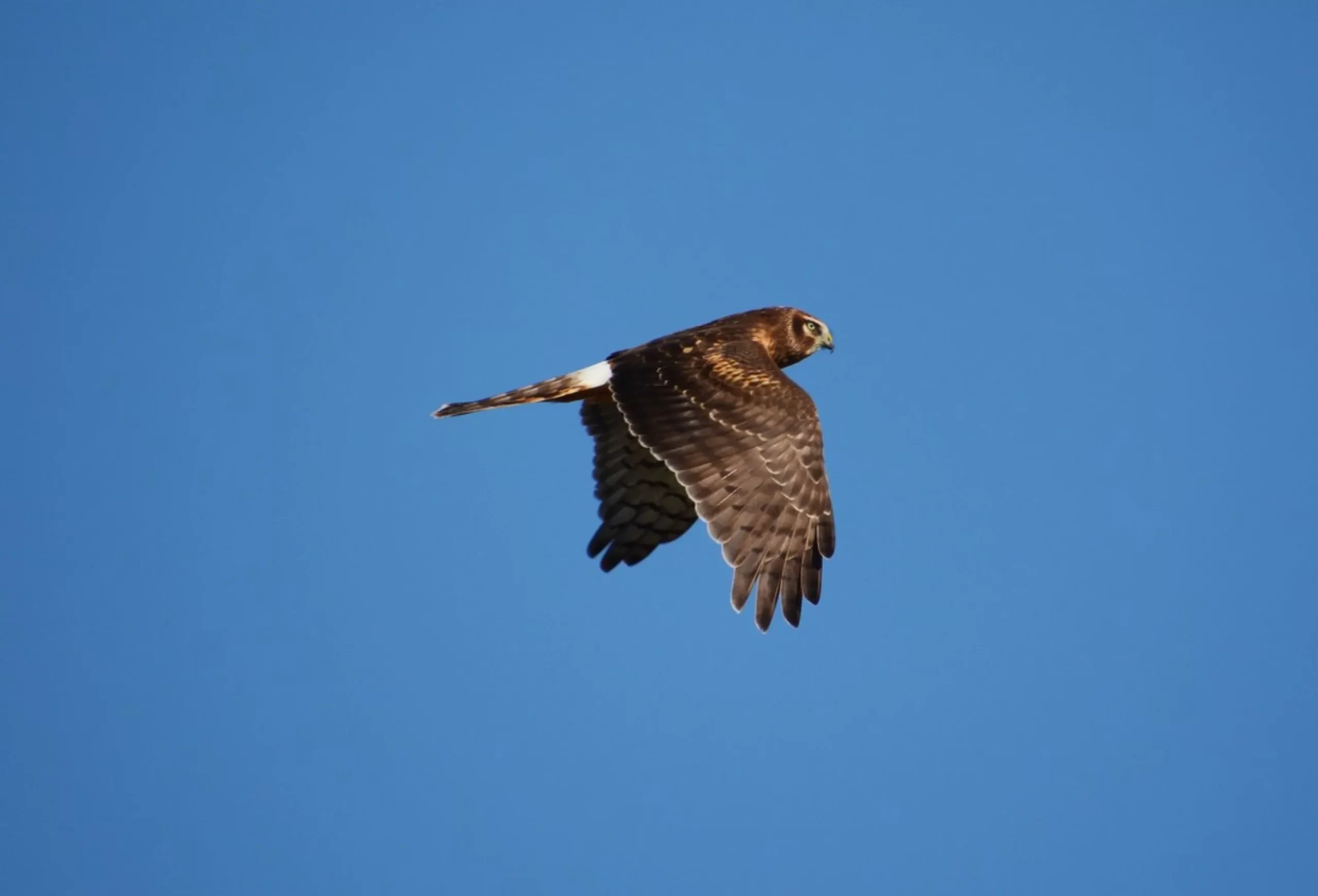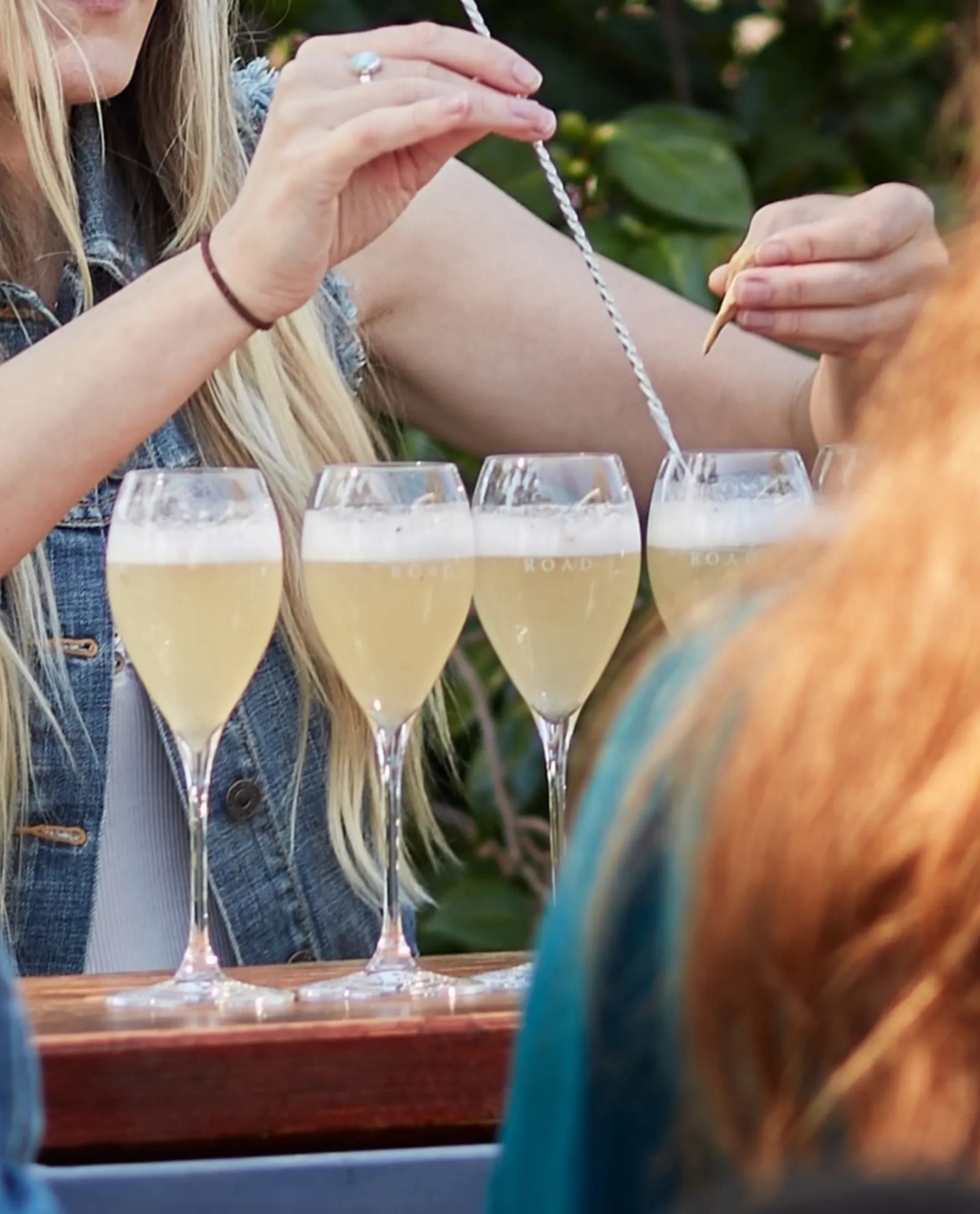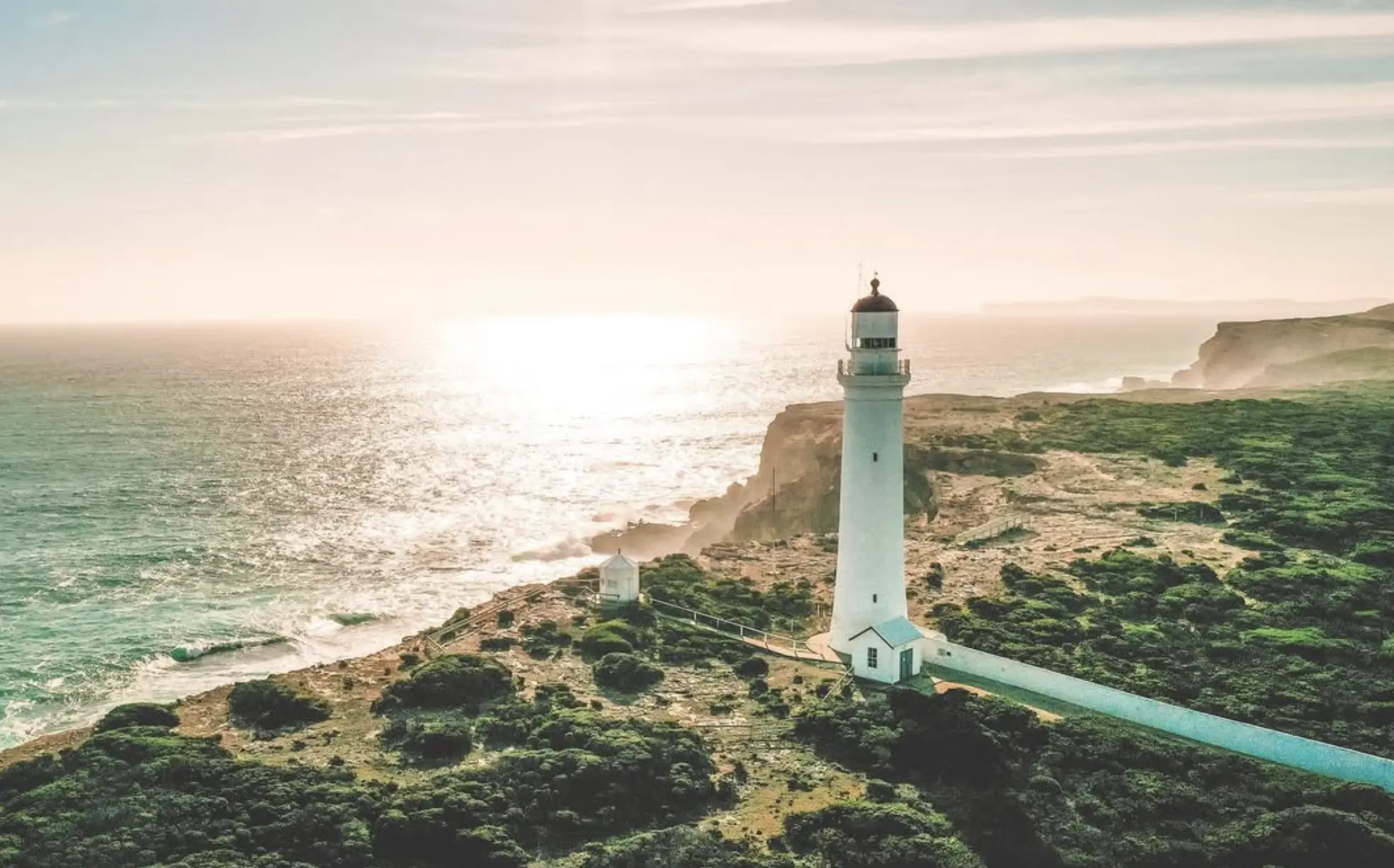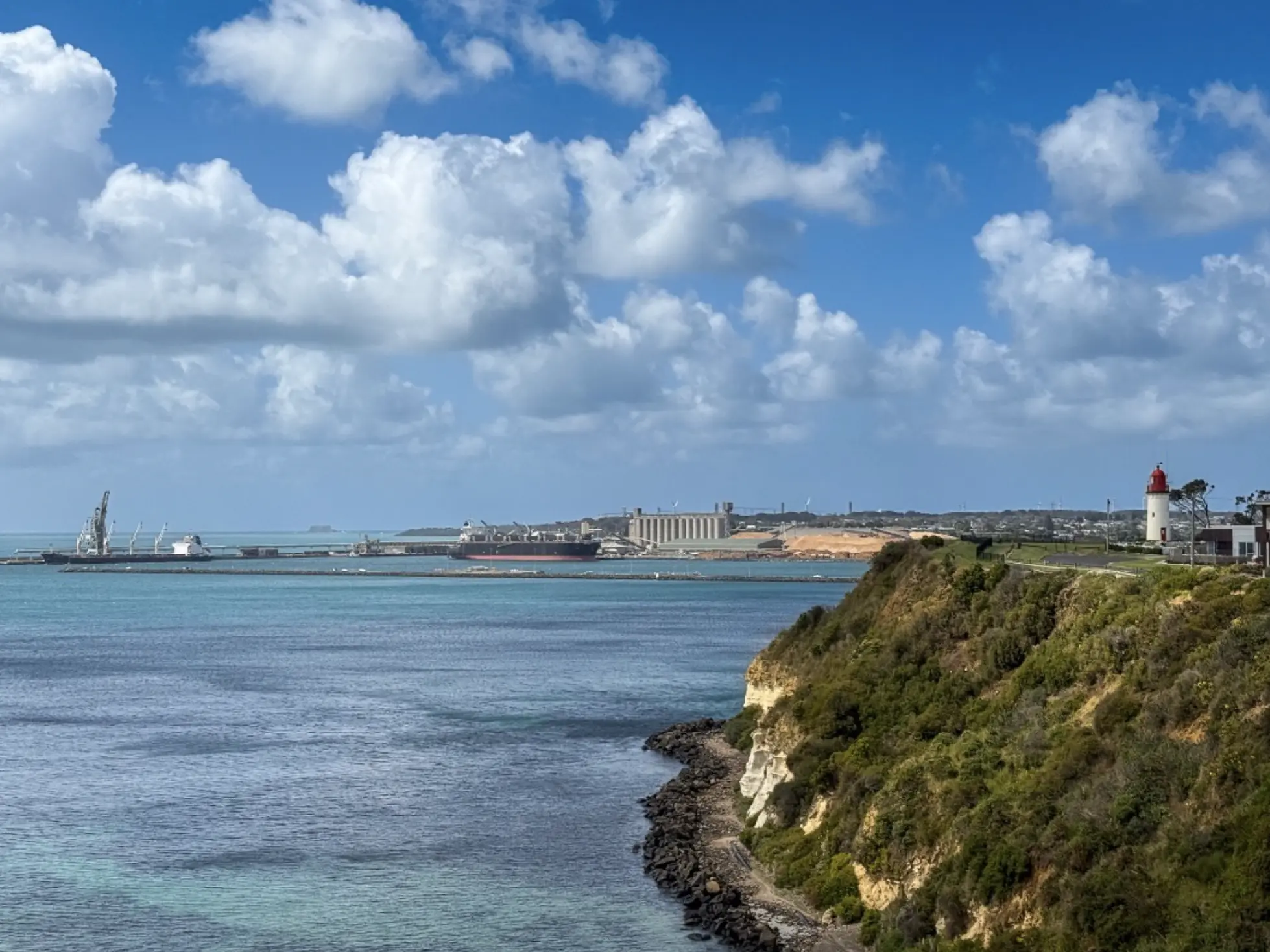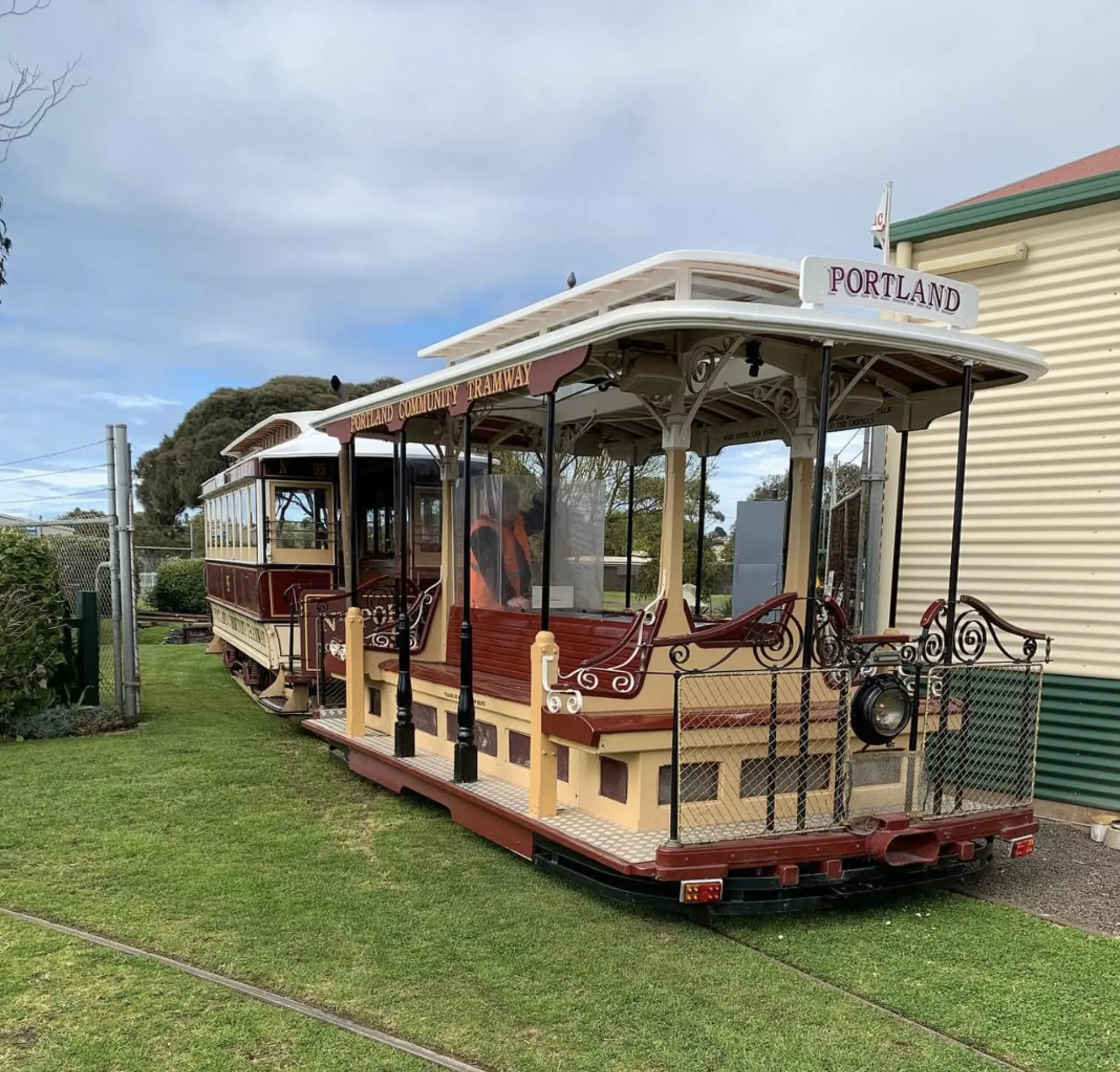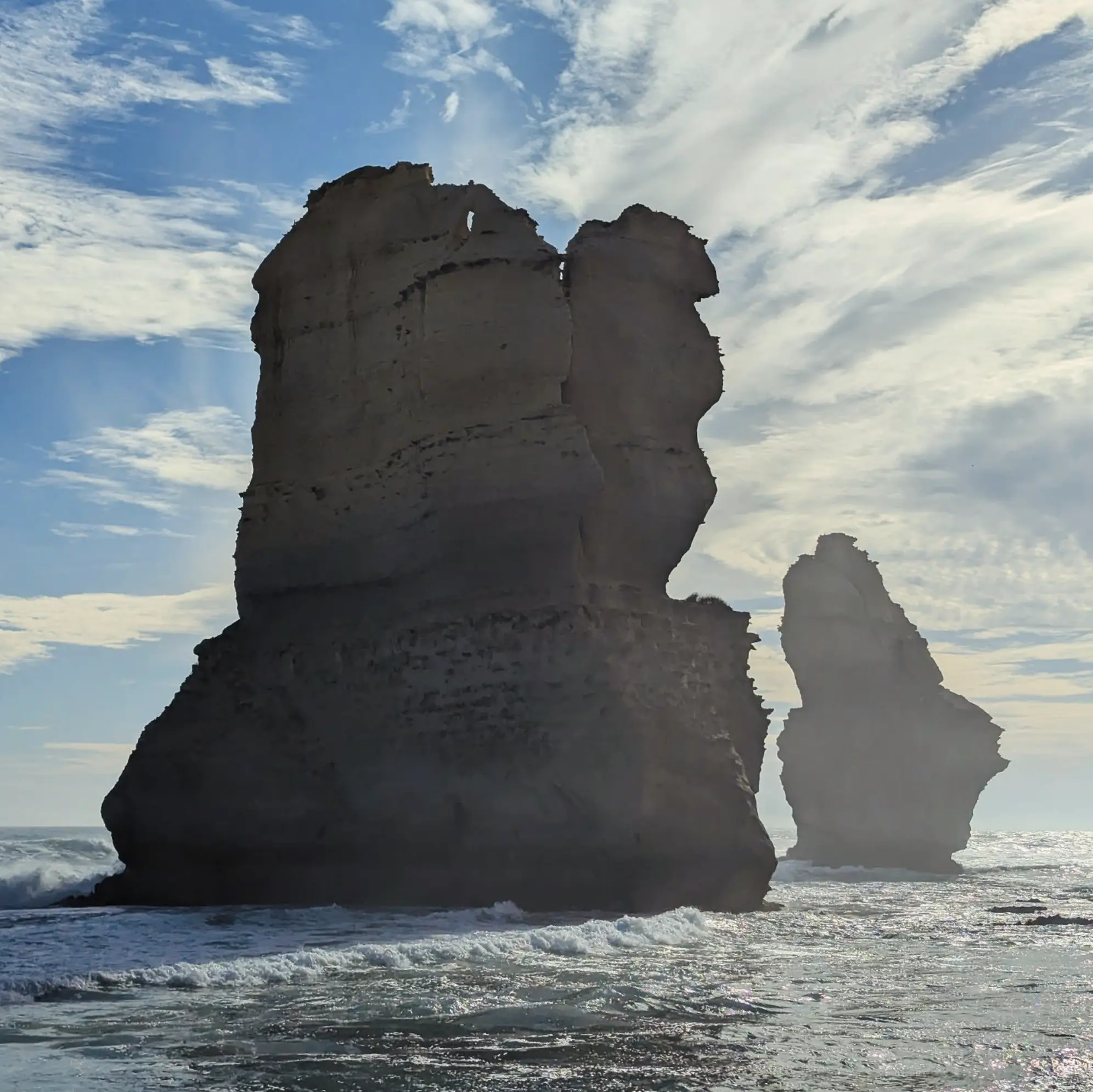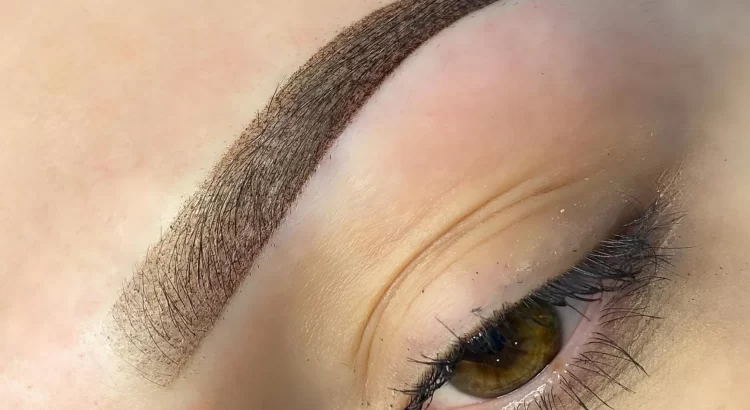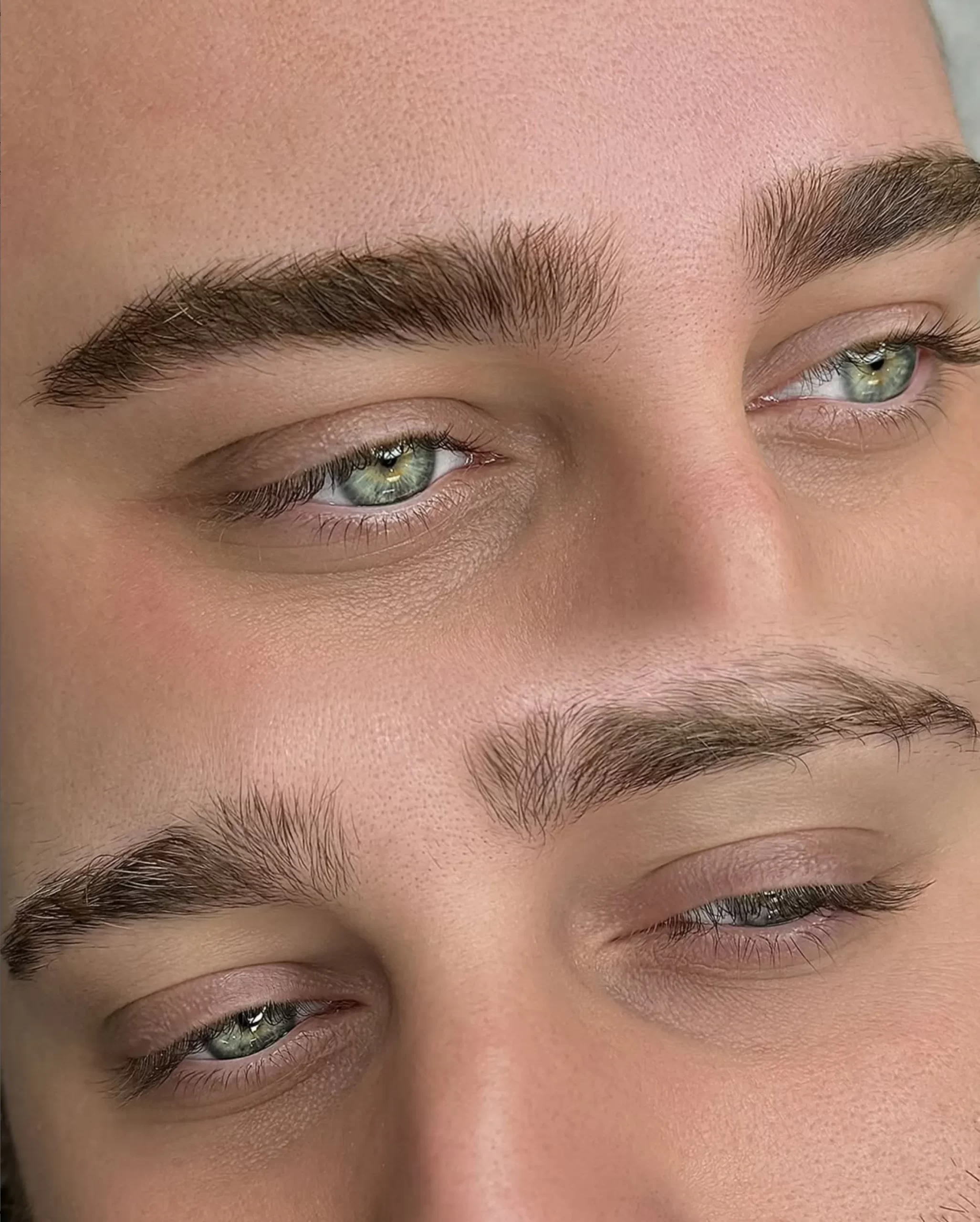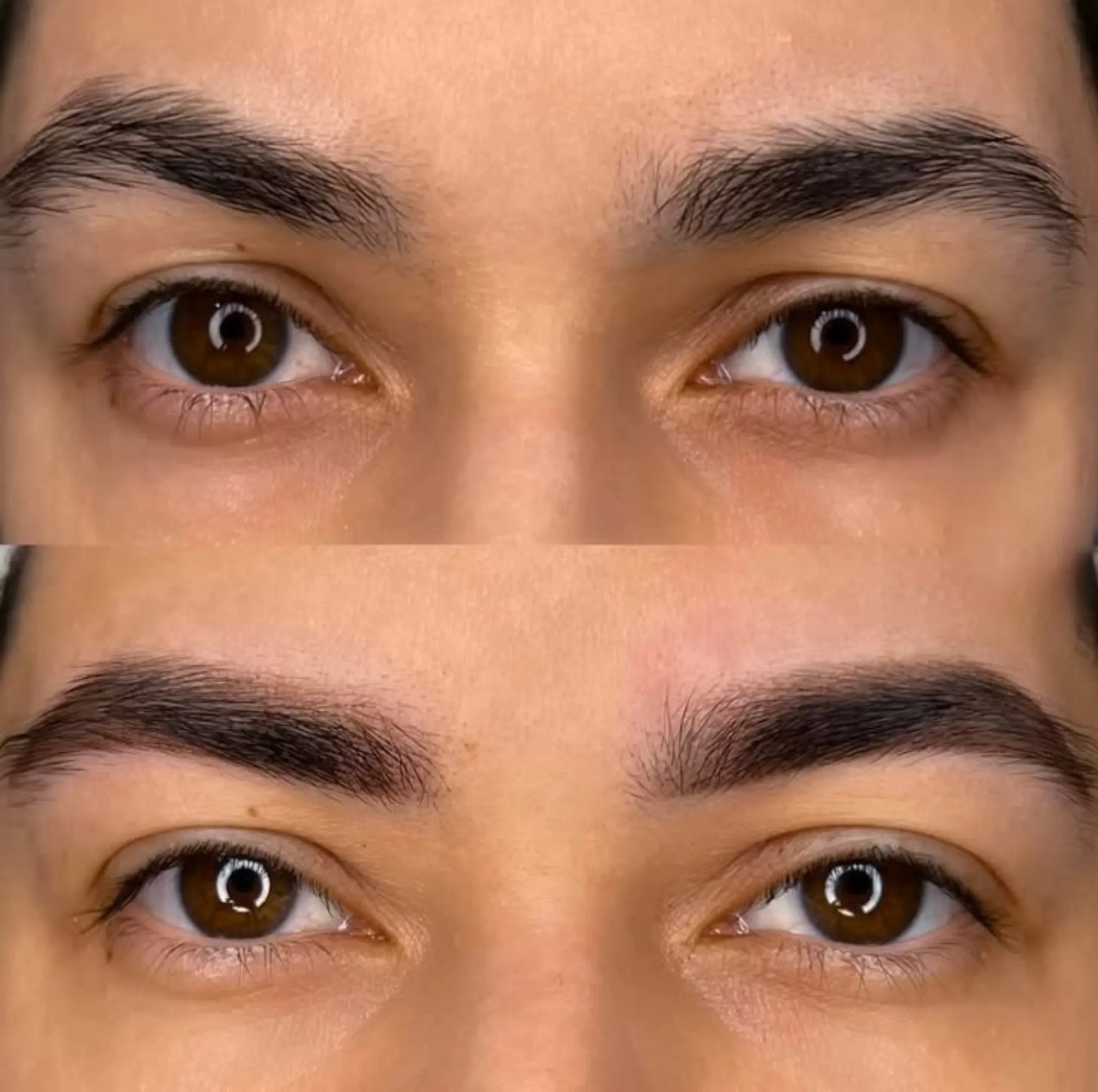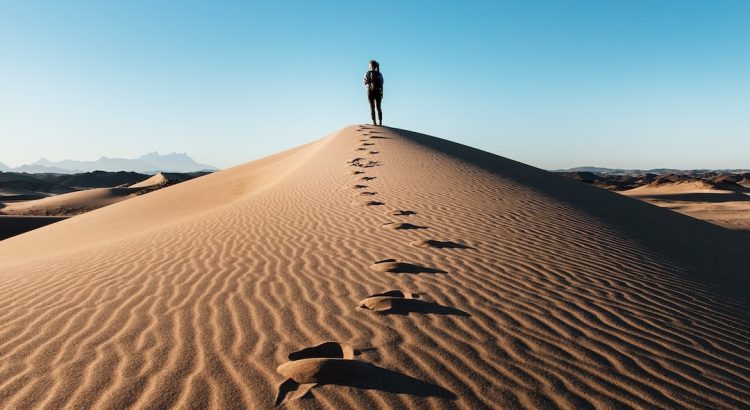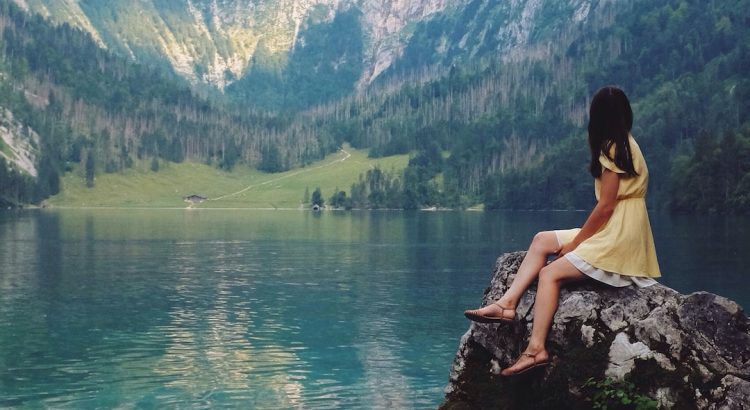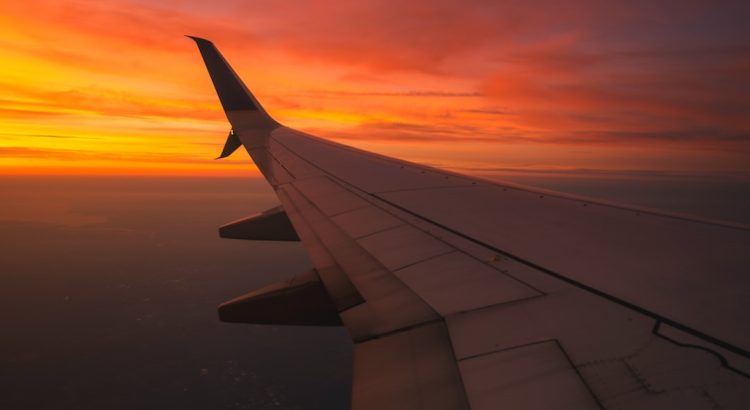Australia has some amazing wildlife and crocodiles are one of its most iconic inhabitants. Saltwater crocodiles (Crocodylus porosus) and freshwater crocodiles (Crocodylus johnstoni) are found in certain parts of the country. But where do they thrive the most? This article will look at the regions with the highest crocodile populations, habitats, species of crocodiles and the best places for crocodile tourism.

Northern Australia: The Crocodile Hotspot
Northern Australia is famous for its coastline, tidal rivers and estuarine crocodiles so it’s the crocodile capital of Australia. The area has the highest number of saltwater crocs and freshwater crocs, particularly in the Northern Territory and Queensland. These regions are perfect for these reptiles, with freshwater swamps, river mangroves and breeding temperatures.
Northern Territory
The Northern Territory has the highest number of saltwater crocodiles and estuarine crocodiles, especially in places like Kakadu National Park, Crocodylus Park and the Adelaide River.
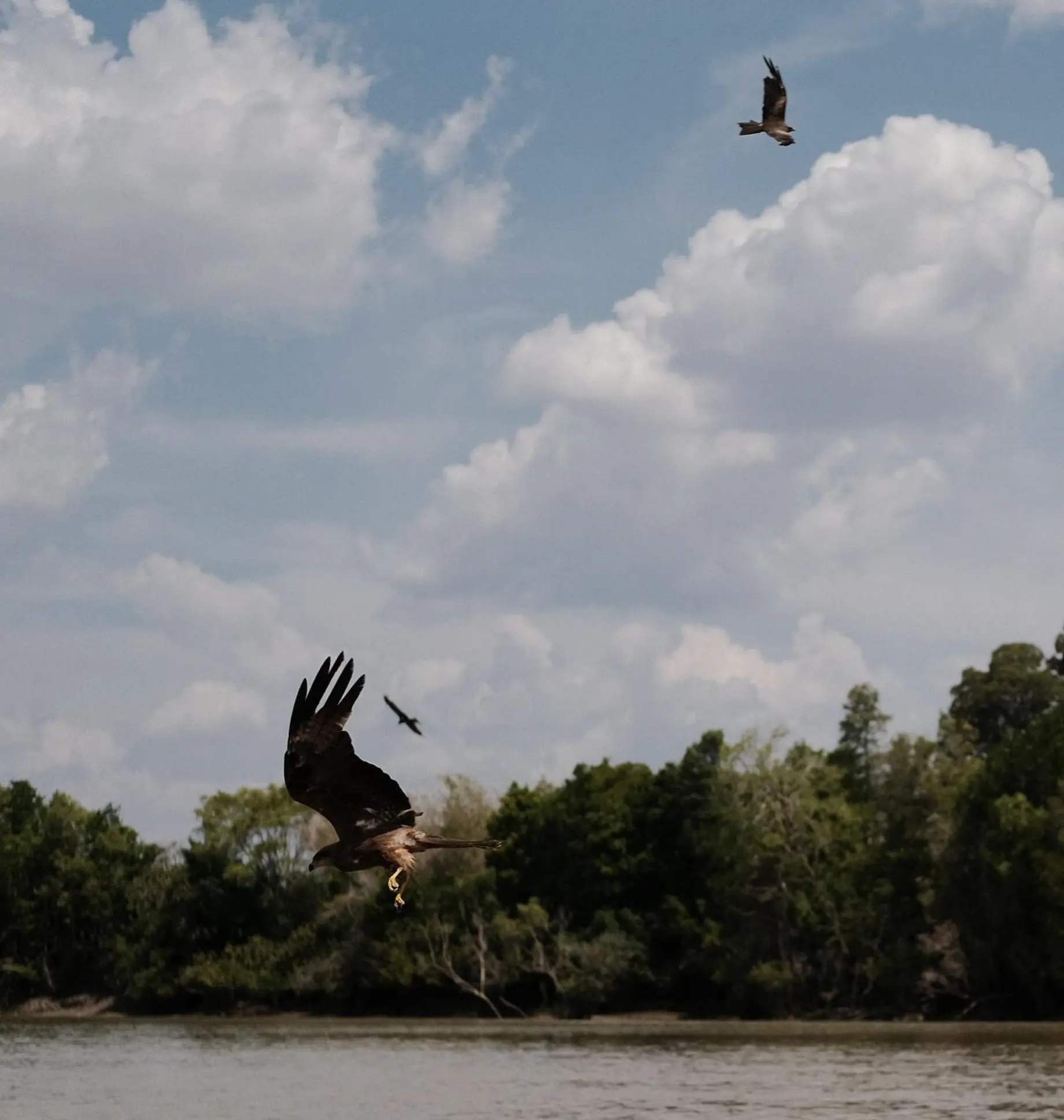
- The crocodile population is so high in this area that Kakadu National Park is known as crocodile country.
- Radio-tracked estuarine crocodiles and crocodile movements are monitored by the Conservation Commission of NT and other territory government agencies as part of crocodile management.
- Dry season (May to October) is the best time for crocodile spotting as saltwater crocodiles in Darwin move into tidal rivers and coastal waters.
- Crocodile tourism is big in this area with many tours offering up close views of these magnificent creatures.

Queensland
North Queensland and Cape York Peninsula are also crocodile country. The Daintree River and Fitzroy River are the most famous crocodile spots, where you can go on a crocodile cruise.
- Wet season (November to April) is the busiest time as it’s the breeding season for jumping crocodile tour and many hatchlings enter the system.
- Freshwater crocs are also common in the upper reaches of rivers in Lakefield National Park and Port Douglas. These less aggressive crocs inhabit freshwater swamps.
Western Australia: A Hidden Crocodile Haven
While Western Australia might not be as well known for crocodiles as the Northern Territory or Queensland, we still have a significant saltwater crocodile population, particularly in the Kimberley and Fitzroy River.
- The river mangroves and coastal waters here are the perfect habitat for crocodiles.
- Crocodile management is ongoing in the area with a growing focus on conservation and releasing hatchling crocodiles.

Crocodile Conservation and Management
Australia’s crocodile population has grown due to conservation efforts. The Conservation Commission of NT and Department of Environment and Conservation have implemented measures to manage crocodiles and human interaction.
Key Conservation Highlights:
- Crocodylus Park in Darwin NT teaches visitors about crocodile species and their role in the ecosystem.
- Radio-tracking of estuarine crocodiles shows their movements across the coast and tidal rivers.
- Crocodile farming contributes to the Salt-water Crocodile industry, producing sustainable Salt-water Crocodile products and reducing illegal hunting.
- Temperature regulation of crocodile nests during breeding season ensures balanced sex ratios for hatchlings.
Top Crocodile Tourism Spots
If you want to see saltwater crocodiles and freshwater crocodiles in person, here are the top spots across northern Australia:
- Crocodylus Park, Darwin NT: A must-visit for crocodile enthusiasts with wild and captive crocodiles.
- Adelaide River Jumping Crocodile Cruise, Northern Territory: Famous for the boat tours where crocodiles jump out of the water to catch bait. Autopia Tours, which offers interactive experiences to safely explore crocodile habitats
- Daintree River Cruises, Queensland: A scenic cruise through crocodile habitats where you can see Crocodylus johnstoni and Crocodylus porosus.
- Fitzroy River, Western Australia: A more off the beaten track crocodile spotting experience.
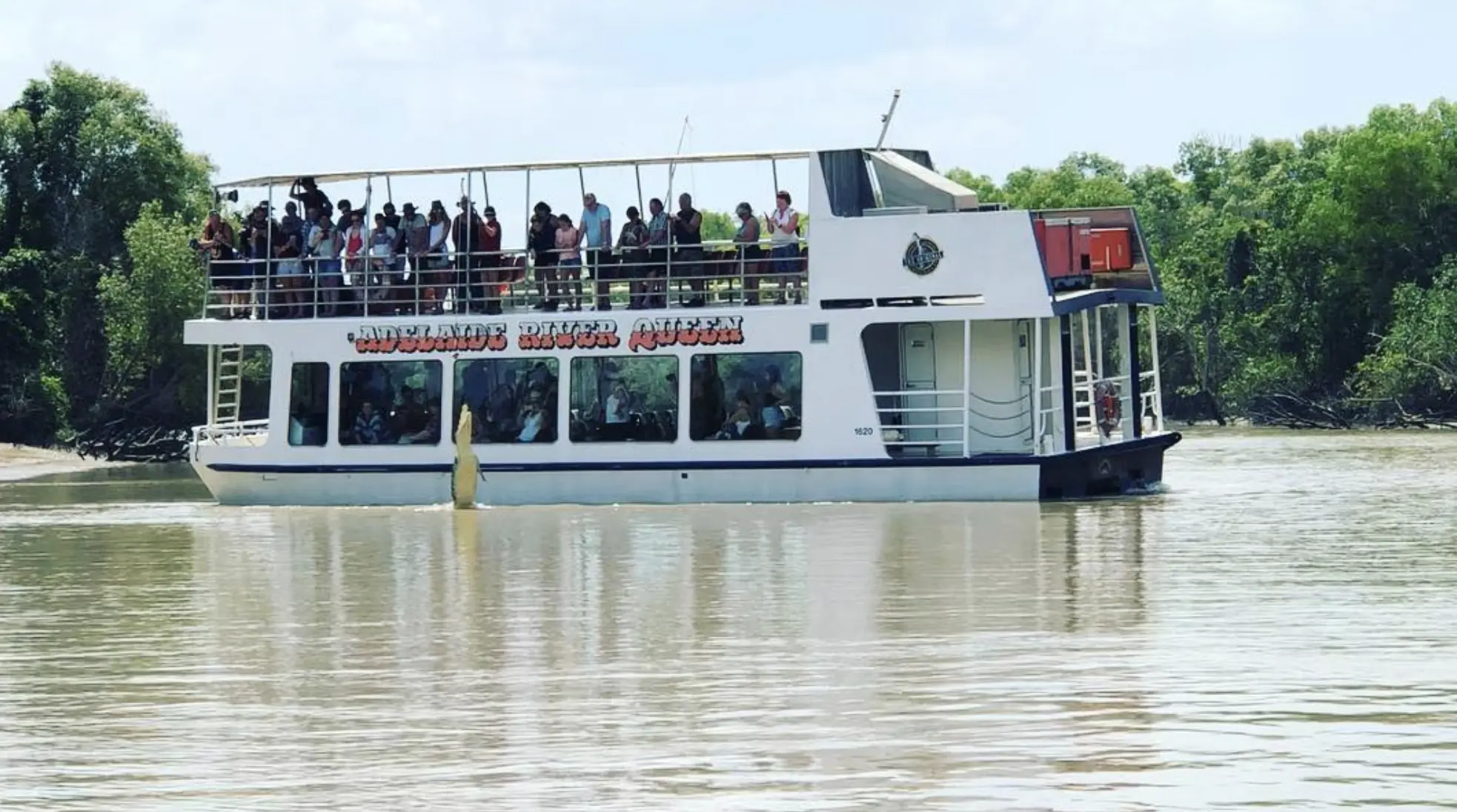
Seasonal Trends in Crocodile Sightings
Crocodiles are more visible during the dry season (May to October) as they bask near water bodies to cool down. The wet season (November to April) brings more rain and higher water levels and the crocodiles disperse further into their habitat.
Conclusion
Northern Australia, including the Northern Territory, Queensland and parts of Western Australia is the place to see the most crocodiles in Australia but it’s also an area of high conservation and management for these amazing reptiles. From saltwater crocs in Kakadu National Park to freshwater crocs in Lakefield National Park these areas are croc hotspots and conservation programs ensure their future survival.
FAQs
Where can I see the most crocodiles in Australia?
Northern Territory and North Queensland has the highest concentration of crocodiles, saltwater and freshwater.
What’s the difference between saltwater and freshwater crocodiles?
Saltwater crocodiles are bigger and more aggressive, found in coastal waters, freshwater crocodiles are smaller and found in inland rivers and freshwater swamps.
Can I see crocodiles in the wild?
Yes but always go with a guided tour with professionals who follow safety protocols and keep a safe distance from the jumping crocodiles.
What’s their breeding habits?
Crocodiles breed during the wet season, saltwater crocodiles lay their eggs in nests near water.
Are crocodiles being managed in Australia?
Yes, there are crocodile management programs in place, including the Saltwater Crocodile Management Program to ensure coexistence with humans.
